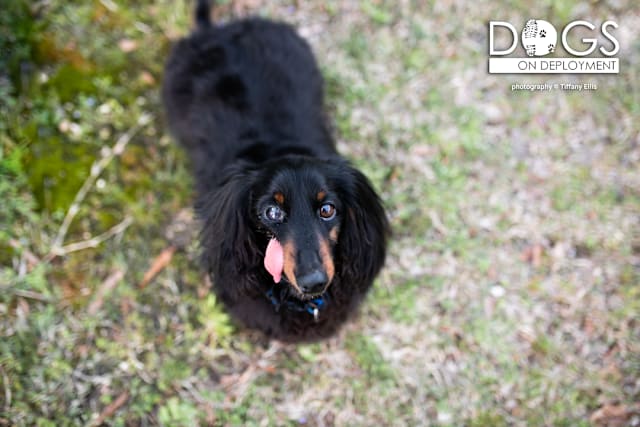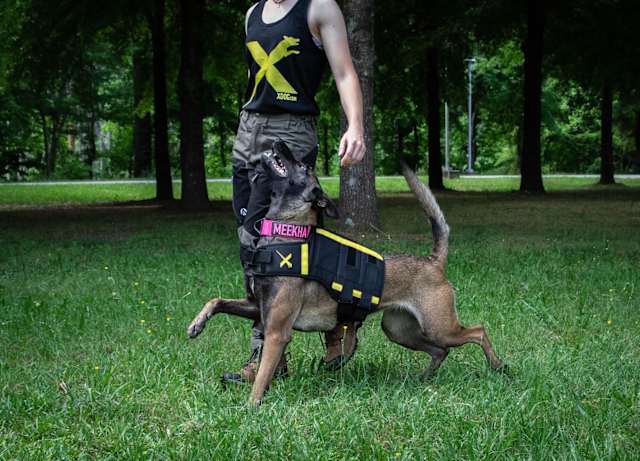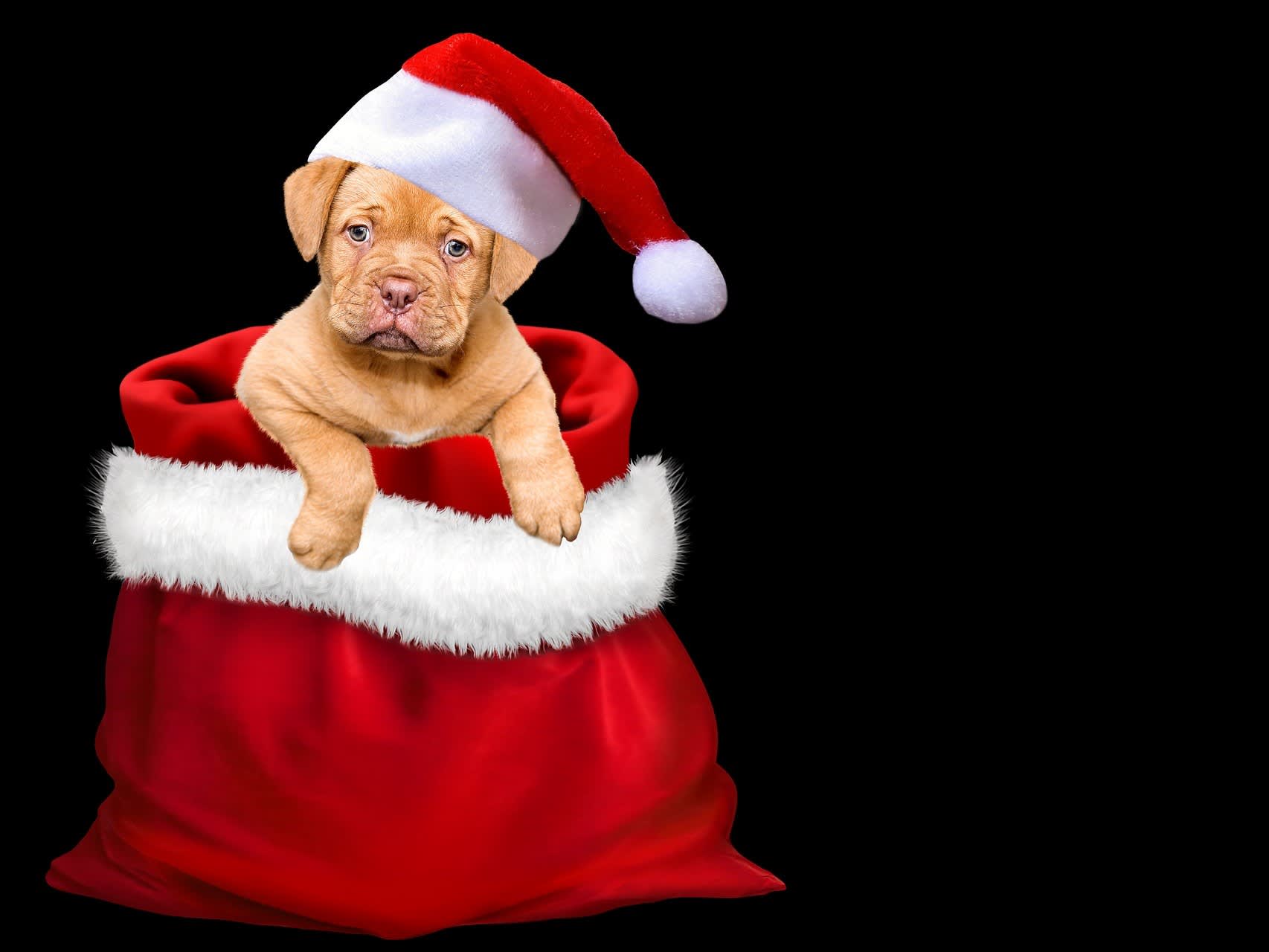Military working dogs have a long history that dates back to ancient times. They are trained in combat to become scouts, sentries, trackers, and more. Military working dogs are typically, but not always, Belgian Malinois, German Shepherds, and Dutch Shepherds.
Here are 10 things to know about military working dogs:
- The first official military working dogs in the United States were involved in the Seminole Wars.
- During the American Civil War, hounds were used to guard and send messages.
- Sergeant Stubby has been dubbed the most decorated war dog of World War I and the only canine to be nominated for rank before being promoted to sergeant. Stubby, who never had the chance to take an Embark Dog DNA Test, was thought to be a Bull Terrier or Boston Terrier. One of his most notable accomplishments includes capturing a German spy.
- Chips, a German Shepherd mix, was named the most decorated war dog of World War II. He saw action in Germany, France, North Africa, and Italy. Chips was trained as a sentry dog and once got away from his handlers in Italy, attacked an enemy machine gun nest, and then got 10 enemy soldiers to surrender.
- Between 1943 and 1945, the United States Marine Corps (USMC) utilized dogs in the Pacific Theatre to help take islands back from the Japanese. Throughout that time, the Doberman Pinscher was named the official dog of the USMC. Still, all dogs were welcome to train to be “war dogs of the Pacific.”
- About 5,000 dogs served in the Vietnam War between 1966 and 1973. The K9 units saved over 10,000 human lives, Wikipedia reported.
- In 2011, United States Navy SEALs used a Belgian Malinois military working dog named Cairo in Operation Neptune Spear, the operation that took Osama bin Laden’s life.
- There are about 2,500 war and military dogs in service today; approximately 700 of them can be serving overseas at any time.
- The title of puppy development specialist can go on your resume. According to the Department of Defense, trainers and development specialists look for pups that aren’t overly aggressive or afraid of noises. The pups should also be inquisitive, sociable, eager to sniff around new locations, and excited about playing with objects.
- Up until about 20 years ago, military working dogs were considered “military surplus equipment” and often set free after combat. President Bill Clinton passed Robby’s Law in 2000, which meant that handlers and their families were able to adopt the dogs after they completed their service.
Some dogs don’t make the cut
Not all dogs are able to complete training to become a military working dog. They are often removed for various reasons including lack of drive and nervousness. Both Freedom Service Dogs of America and Service Dogs Inc. help find forever homes for pups who didn’t make it through training. And Mission K9 works to find older service dogs forever homes, ensuring these doggos are taken care of whether they’ve served or not.
Dogs on Deployment
Dogs on Deployment (DOD) is a nonprofit with a mission to give military members peace of mind concerning their pets during deployments. The organization selects a Military Pet of the Year annually. Elmer Fudd was named the winner in 2019.

Elmer is also DOD’s mascot. He has an incredible survival story, which helped him gain votes! He was scheduled to be euthanized at a rural shelter in 2017. His jaw was broken and his teeth had made holes in his cheeks. His eyes were crusted and cloudy, he tested positive for heartworm, and had a small caliber bullet lodged in his abdomen.
However, using the power of social media, US Air Force Captain Bryan Moore and his family, Elmer Fudd was pulled by a rescue and got the medical treatments he needed. He is now an integral part of the Moore family. They plan to spend the next year raising awareness for animal rescue advocacy.
Working dog DNA
Kohnen and Meeka aren’t part of the military or trained for combat, but they are working dogs. They are full-time contracted narcotics detection dogs at a nuclear power plant construction site. Kohnen and Meekha’s owner Carolyn said that the pair loves to work.
Carolyn decided to get two Embark Dog DNA Tests to learn what breed the dogs were and to see if they were at risk for any genetic health conditions. It turns out that Meekha is 100% Belgian Shepherd and Kohnen is 100% German Shepherd. That explains why Kohnen is confident and smart and Meekha is watchful and serious. Knowing a dog’s breed can provide insight on personality, size, behaviors, purpose, and more. Both Kohnen and Meekha tested clear for over 170 genetic health conditions. Carolyn said knowing they’re not at risk eases her mind.

Click here to see Meekha’s results.

Click here to see Kohnen’s results.
Get your own Embark Dog DNA Test today.













